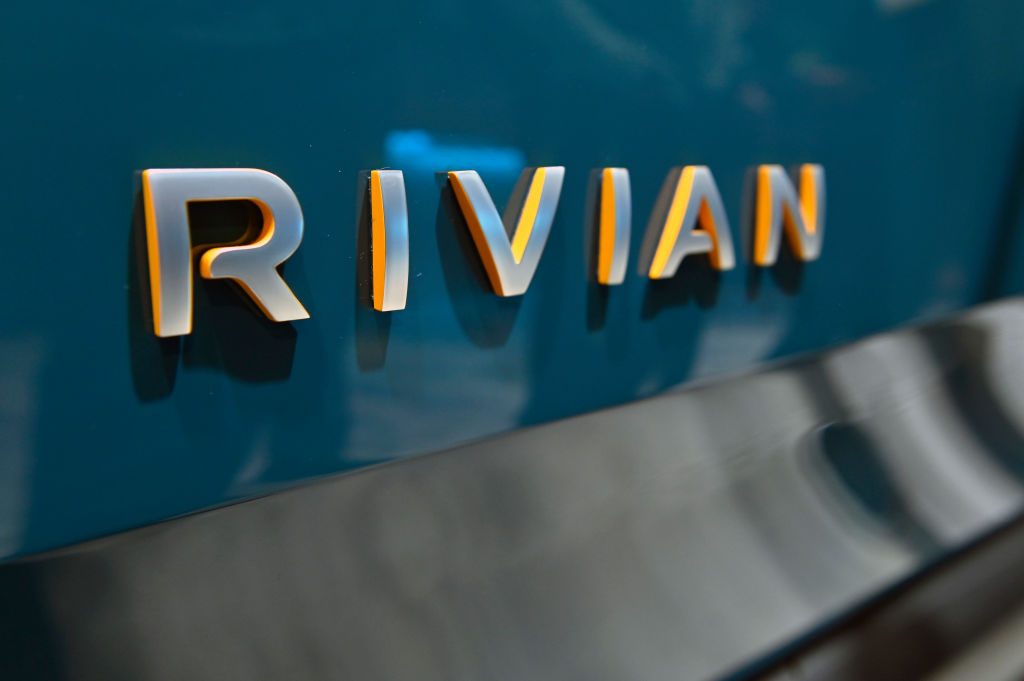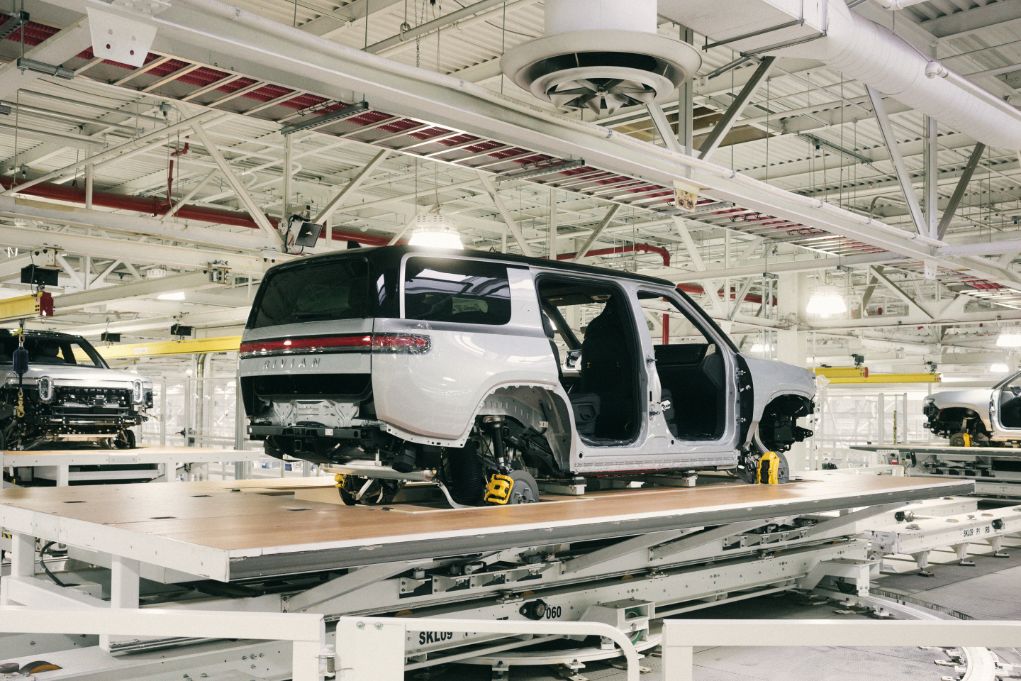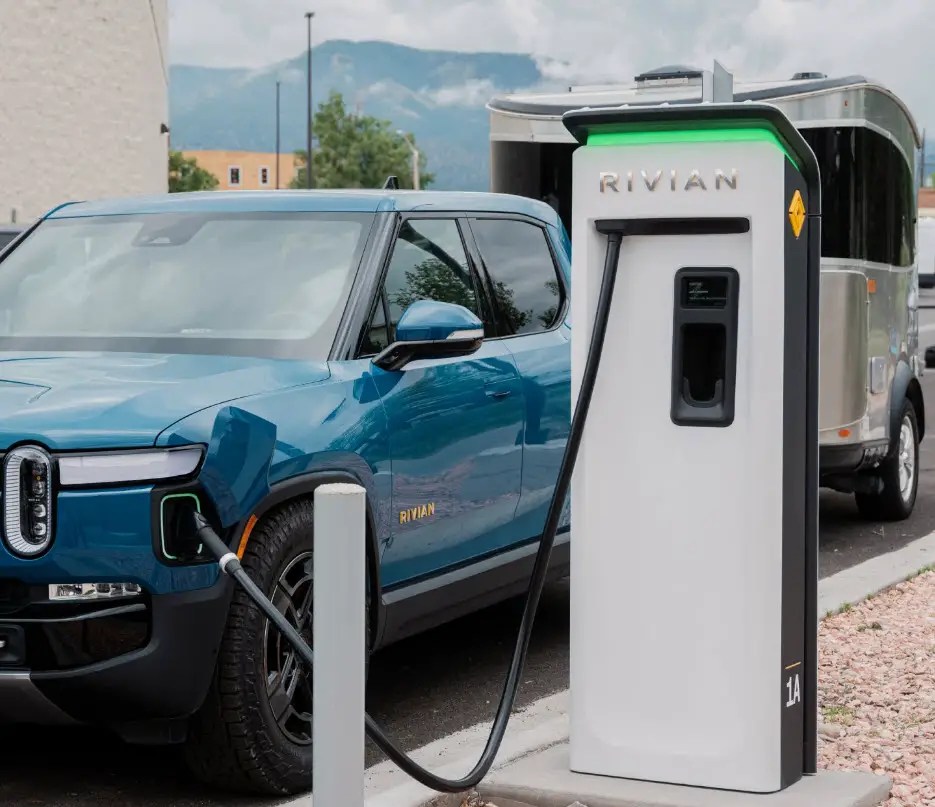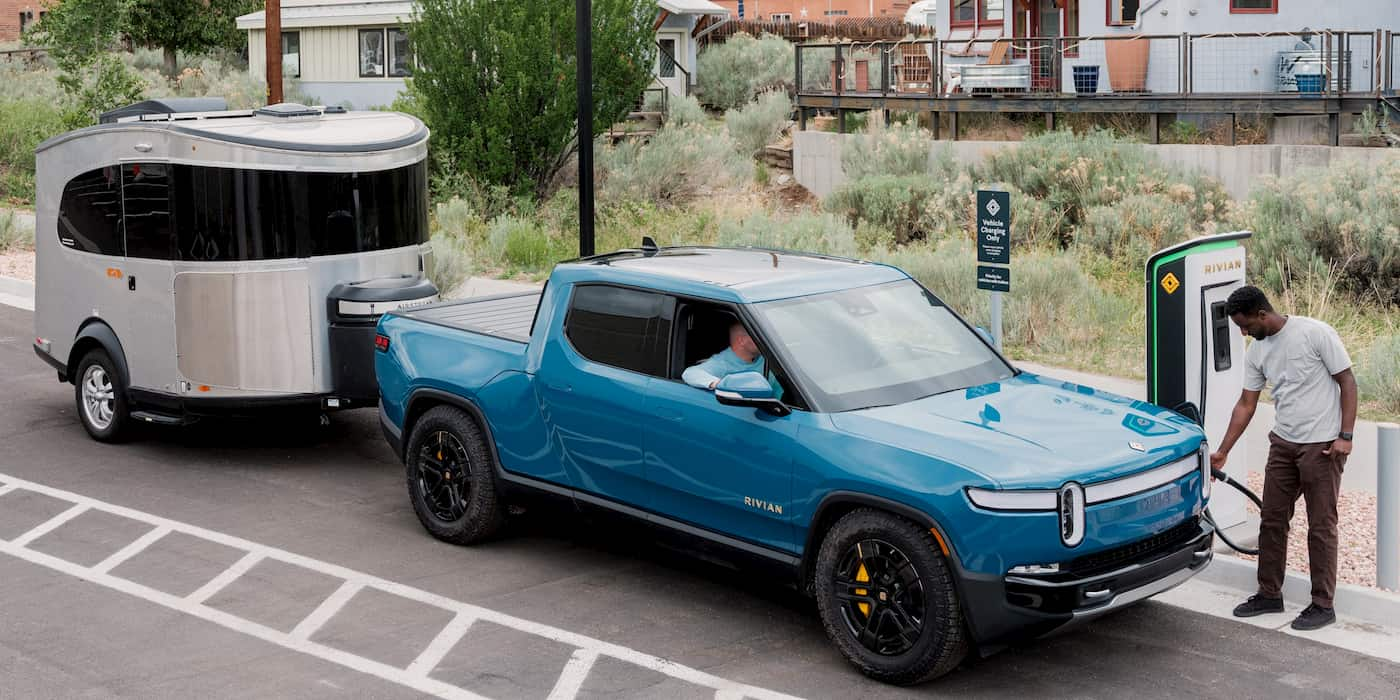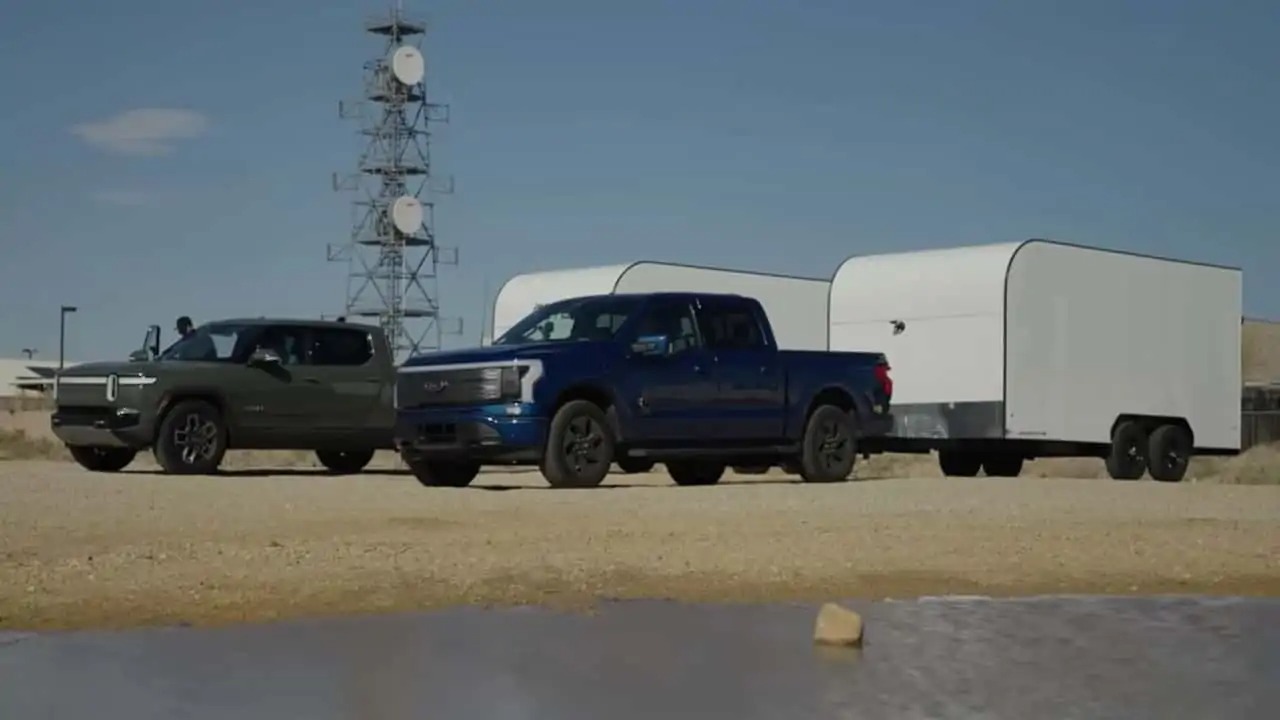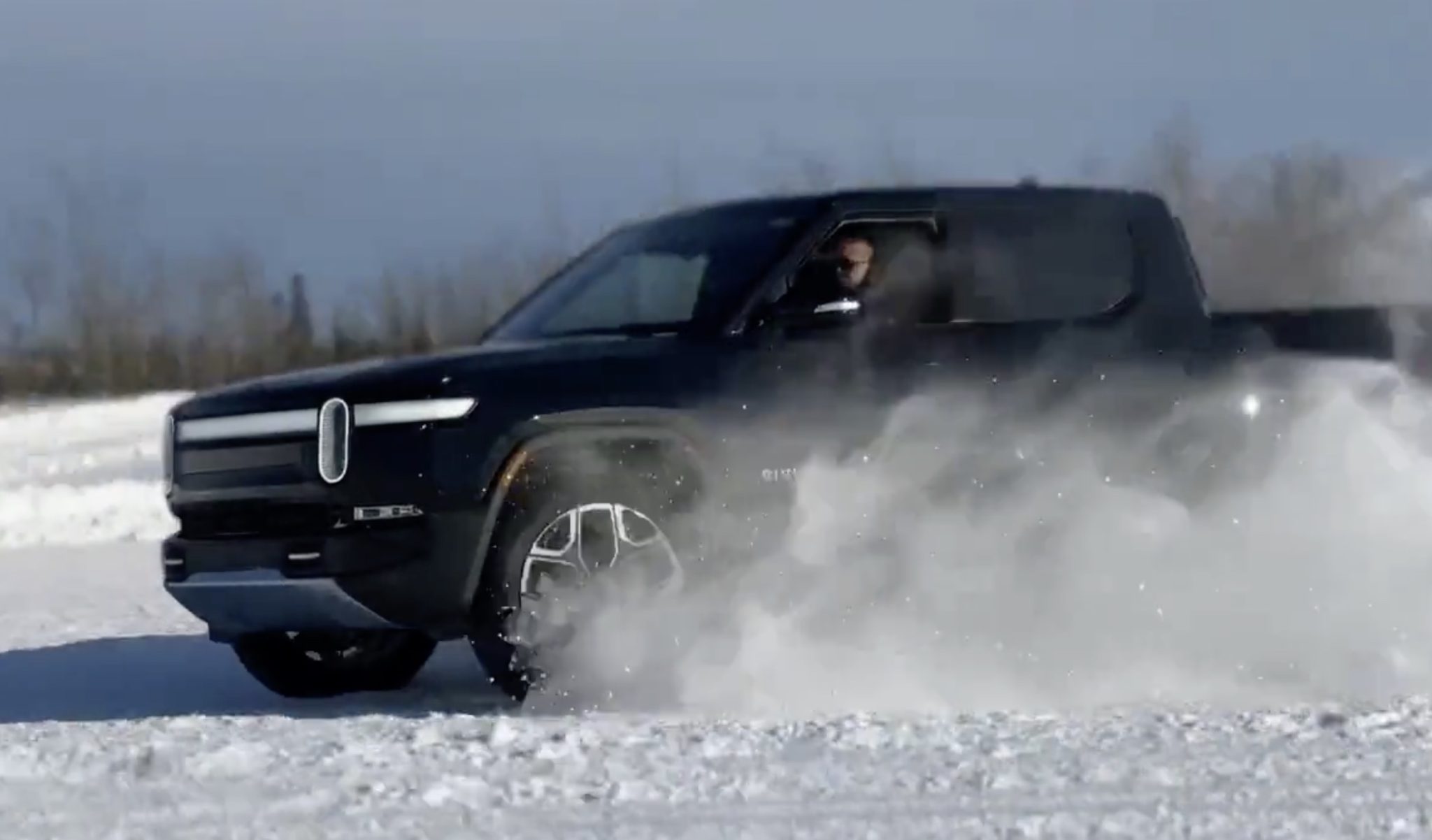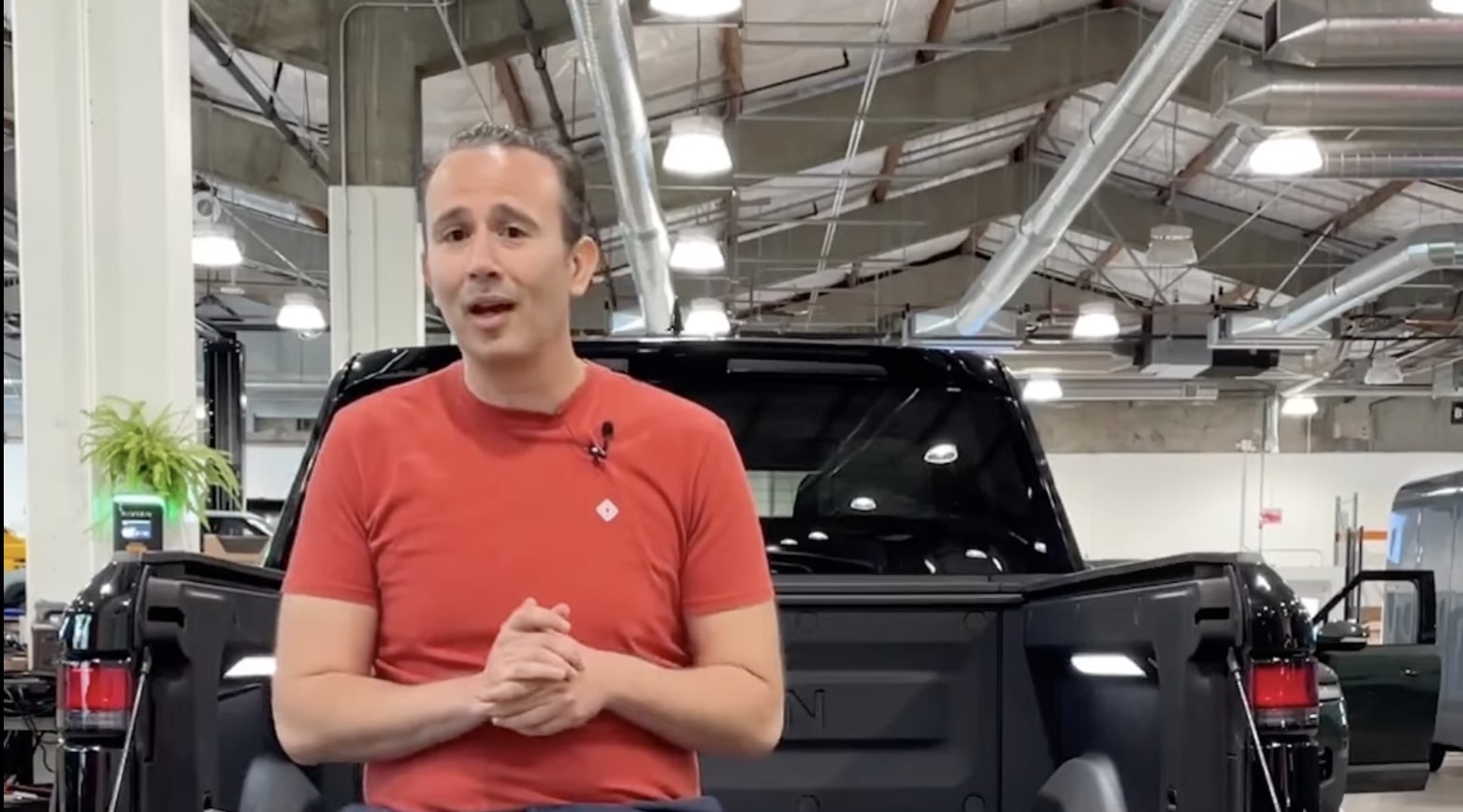Rivian, the American EV startup that has captured the attention of the automotive industry and investors alike, has made some significant announcements recently that could shape its future trajectory. One of the most notable was made by Rivian’s Chief Financial Officer Claire Rauh McDonough, who revealed at the Bank of America Securities Summit that the company is on track to become profitable by the second half of 2024.
This news is likely to excite investors who have been eagerly waiting for Rivian to reach this milestone. However, McDonough didn’t stop there, revealing that Rivian aims to build 85,000 R1 vehicles next year, more than three times the number of EVs it made in 2022 combined. This substantial ramp-up in production will help address the backlog of orders that the company has amassed after a price increase in March, which extends well into 2024.
For orders made before the March price hike, Rivian anticipates that it will build and deliver all the necessary vehicles by mid-2023. This is good news for customers who have been waiting for their Rivian vehicles to arrive. Additionally, McDonough revealed some exciting details about the upcoming second-generation platform, the R2. Rivian anticipates starting production for this platform as early as 2025-2026, with the aim to manufacture 200,000 R2 vehicles during 2026 and 400,000 units after that.
One of the most intriguing aspects of the R2 is its expected price point, which is similar to that of the Tesla Model Y, around $40,000 for a base trim. This could make the R2 a volume seller and a global vehicle, finally allowing Rivian to expand to markets outside the US, with Europe most probably being the first in line. It’s worth noting that Rivian has recently started looking for service workers in Germany, indicating plans for expansion to Europe.
While ramping up R1 production and developing the R2, Rivian’s priority is currently the Electric Delivery Vans (EDVs) made for Amazon. These work vehicles are the first in line to get Rivian’s Enduro electric motors over the dual-motor R1 models. Production of the EDV was paused in the first quarter of 2023 for an upgrade with a new lithium iron phosphate (LFP) battery pack and the Enduro motor developed in-house. Currently, around 3,000 Rivian-made Amazon electric vans are making deliveries across the United States.
In addition to its production goals, Rivian plans to join the Federal Charging Fund to rapidly expand the number of chargers in its Adventure Network of DC fast chargers. However, accessing the federal funds requires Rivian to open up its network to all brands of EVs, similar to what Tesla did with the Magic Dock-equipped Superchargers. With roughly 20 locations across the United States, the move might be a smart one for Rivian.
Overall, Rivian’s recent announcements demonstrate the company’s ambition and its commitment to becoming a major player in the EV industry. With plans to ramp up production, develop new platforms, and expand globally, it’s clear that Rivian has big plans for the future. As the company continues to execute on its goals, it will be interesting to see how it fares in a highly competitive and rapidly evolving market.

